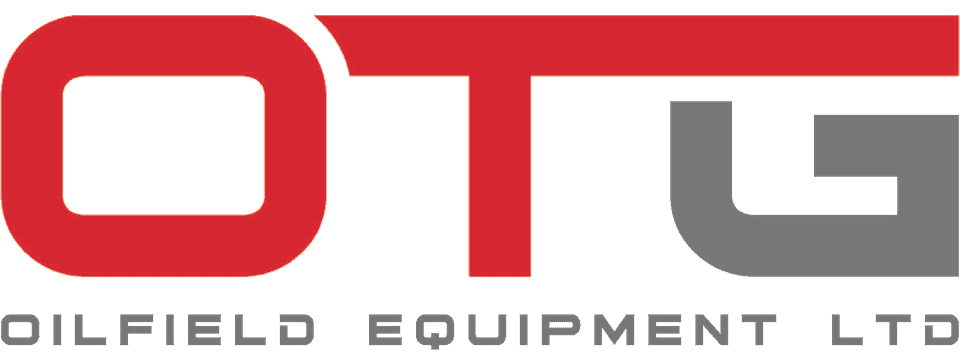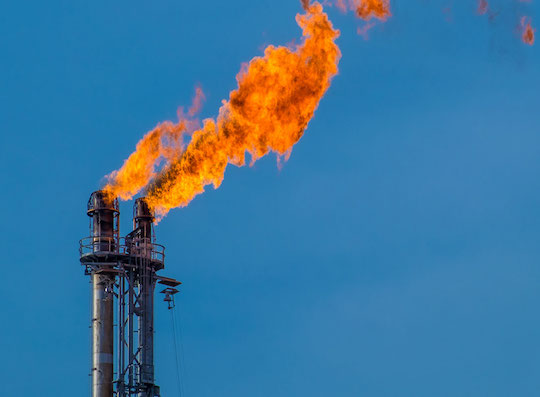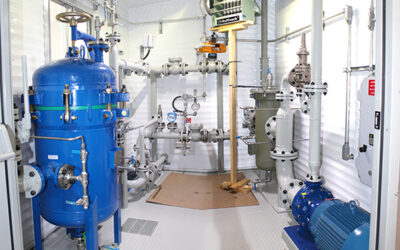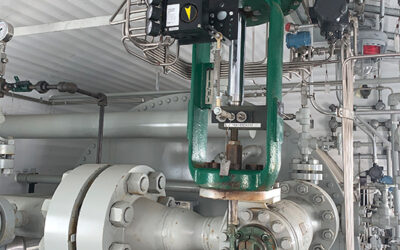Monitoring a flare stack in the oil and gas industry is essential to ensure safe and efficient operations while minimizing the impact on the environment. Flare stacks are used to burn off excess gases during various processes, and monitoring them helps detect any abnormalities or malfunctions that may occur. Several methods are employed to monitor flare stacks:
Visual Inspection: Regular visual inspections are the simplest and most fundamental method of monitoring flare stacks. Operators and maintenance personnel visually inspect the flare stack and the flame to check for any irregularities, such as changes in flame color, size, or pattern, which could indicate potential issues.
Thermal Imaging Cameras: Thermal imaging cameras are used to detect heat emissions and temperature variations in the flare stack and the flame. These cameras can identify hotspots or abnormal heat patterns that may signify inefficiencies or potential safety hazards.
Flame Sensors: Flame sensors are optical devices designed to detect the presence of a flame and monitor its characteristics, such as intensity and stability. If the flame goes out or deviates from normal parameters, the sensors trigger an alert, prompting corrective action.
Gas Analyzers: Gas analyzers are used to continuously monitor the composition of the gases being flared. They can detect changes in the gas mixture and provide real-time data on the type and concentration of gases being released into the atmosphere, helping to assess the environmental impact.
Acoustic Monitoring: Acoustic monitoring systems use microphones or specialized sensors to detect the sound produced by the flare. Unusual noises or changes in sound patterns can indicate potential issues, and the data collected can be analyzed to optimize the flare system’s efficiency.
Flow Meters: Flow meters are installed to measure the flow rate of the gases being sent to the flare stack. By monitoring the flow rate, operators can ensure that the flare is receiving the correct amount of gas to maintain safe and efficient combustion.
Pressure and Temperature Sensors: Pressure and temperature sensors are placed in critical locations to monitor the pressure and temperature of the flare stack and associated equipment. Deviations from normal readings can signal potential problems that need attention.
Emission Monitoring Systems: These systems continuously measure and record the concentration of pollutants, such as sulfur dioxide (SO2), nitrogen oxides (NOx), and carbon dioxide (CO2) in the flare gas emissions. This data is crucial for compliance with environmental regulations and to assess the environmental impact of flaring activities.
SCADA (Supervisory Control and Data Acquisition) Systems: SCADA systems integrate and collect data from various monitoring devices, enabling centralized control and real-time monitoring of flare stack operations. SCADA systems can provide alarms, data visualization, and historical data analysis to optimize performance and ensure safety.
By combining multiple monitoring methods, the oil and gas industry can effectively manage and optimize flare stack operations, reducing waste, enhancing safety, and minimizing environmental impact. Regular maintenance and calibration of monitoring equipment are crucial to ensure accurate and reliable data for effective decision-making.



